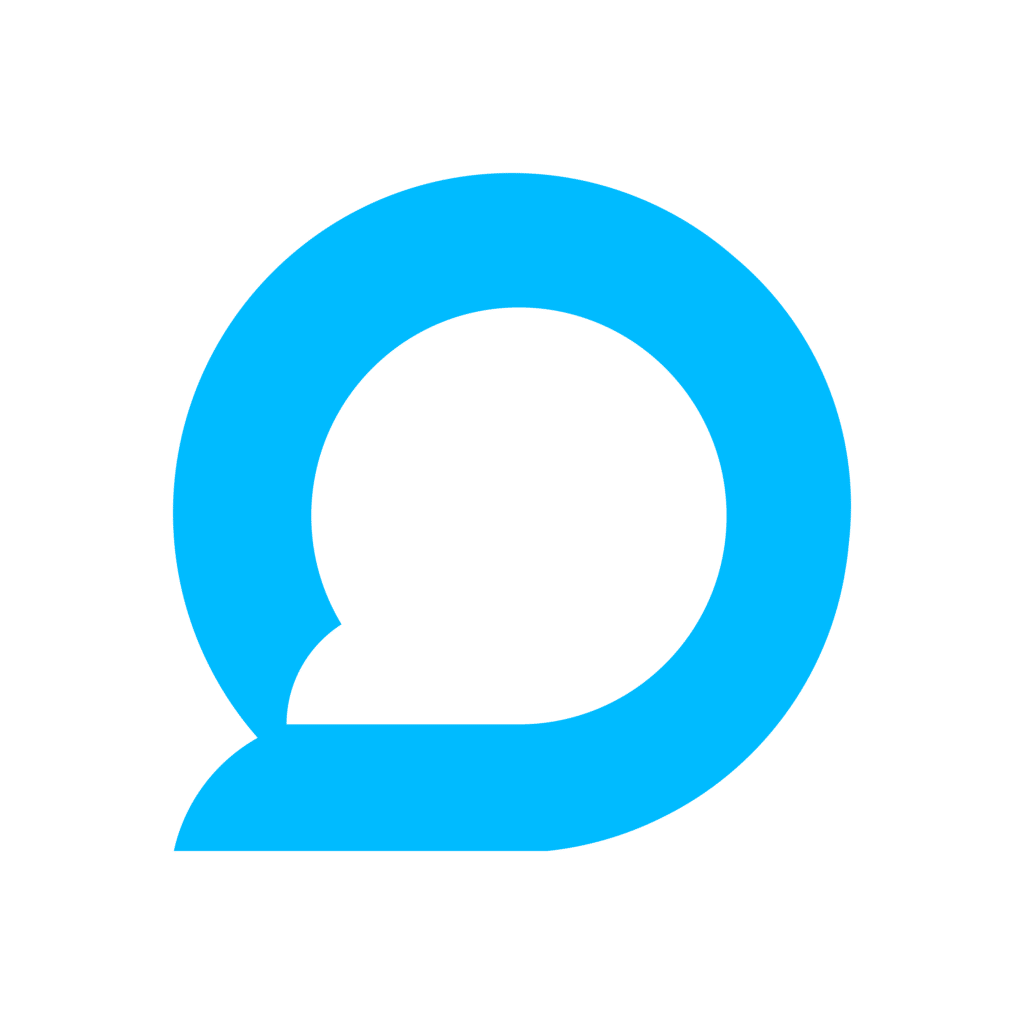Think a B2B audience is made up of businesses – serious, humorless and mechanical?
Think again!
Businesses are made up of people, with real emotions, needs and pain points. A B2B audience endeavors to form and make connections just like all other consumers.
Any B2B marketer who wants to accelerate leads, grow customers and improve return on advertising spend (ROAS), must harness the power of storytelling.
A story moves people because it speaks to their emotions and imparts a sense of purpose within an individual’s psyche. Content must always be engineered to resonate with people, where they feel compelled to share it to a larger audience.
Key benefits of storytelling in B2B marketing:
- Builds trust with consumers
- Highlights a business’ unique point of difference (USP)
- Increases brand awareness
- Nurtures ongoing customer relationships
Why storytelling?
Storytelling is intrinsic to the human psyche. A look into the tribal beginnings of humankind shows humans have evolved through storytelling. Stories are a way of metabolizing experience, sharing learnings and fostering connections. They join the dots between people, memories and ideas.
Scientists have found people retain 70% of information through stories, but only 10% from data and statistics. Neuroscience has also discovered stories activate the limbic systems – the set of brain systems responsible for housing emotional life and memories.
If B2B marketers want their audience to remember and feel inspired by their content, they must leverage storytelling. It enables marketers to present a customer-centric profile of a business, where people can understand how a product/service can help enrich their lives. Stories make people feel heard and understood.
Clarifying the pulse of B2B customers
For marketers who want to create content that resonates with people, thinking of the audience as “businesses” isn’t the most helpful strategy. A business is typically thought of as a machine that can’t think or feel in the same way people can. This perception can then breed the falsehood that B2B customers are more mechanical than other consumers.
Coming back to the idea that B2B audiences are in fact made up of people, consider how people are more likely to share a funny meme over a 50 page PDF of a product’s features.
Injecting personality into the narrative is a great strategy for generating word-of-mouth referrals – an astronomically powerful means of accruing more leads. Research has found people are 90% more likely to buy from a brand recommended to them by a friend. Storytelling can help build trust.
Steps – Execute your brand narrative
While every brand narrative is unique, here are the general steps for implementation:
- Identify the protagonist (your ideal customer) – who they are, their needs and values
- Build the climax around the customer pain point
- Offer a resolution to the pain point (your product/service)
- Determine the delivery medium – ad, blog post, webinar, video, etc.
- Nominate channel for distribution – Instagram, TikTok, Linkedin, etc.
Storytelling throughout the digital sales funnel
Marketers need to adopt storytelling across the entire digital sales funnel. Whether it’s building a paid search and media campaign, creating social content or optimizing web content, the need to engage the audience underpins the act.
Top of funnel storytelling – awareness
Top of funnel (TOFU) storytelling is all about raising awareness of a brand and why their service is important. At this stage of the customer journey, consumers are starting to realize the need for what a business offers (e.g. a global manufacturing company learning about the environmental benefits of offsetting carbon emissions).
TOFU content must be educational and entertaining. This is so customers are compelled to progress throughout the funnel.
Examples of TOFU content includes:
- blogs
- infographics
- podcasts
- social media updates
- TikTok ads
- web pages.
Middle of funnel storytelling – conversion
Middle of funnel (MOFU) storytelling must motivate purchasing behavior. It must connect the dots between the buyer’s pain points and how a product/service helps resolve them.
For optimal results, marketers should avoid bombastic endorsements of a product itself. Rather, content should always capture the benefit people can derive from the product. Always think through the customer’s lens.
Examples of MOFU content includes:
- case studies
- email marketing
- product demos
- testimonials
- webinars.
Bottom of funnel storytelling – retention
Bottom of funnel (BOFU) storytelling is centered around individual interactions between a customer and brand. This stage is about keeping customers engaged so they feel inspired to continue supporting a business through repeat purchases and referrals.
Examples of BOFU content includes:
Storytelling is a vehicle businesses can use to captivate their target audience and nurture lifelong relationships with customers.
How can a B2B marketer know they’re hitting the right note?
Digivizer is well-positioned to assist.
When all accounts are connected in the Digivizer platform, marketers can readily harness digital performance insights across all channels in a single view. This equips marketers with the end-to-end visibility they need to understand which content best delivers.
Sign up for free to power your storytelling with data-driven insights.



